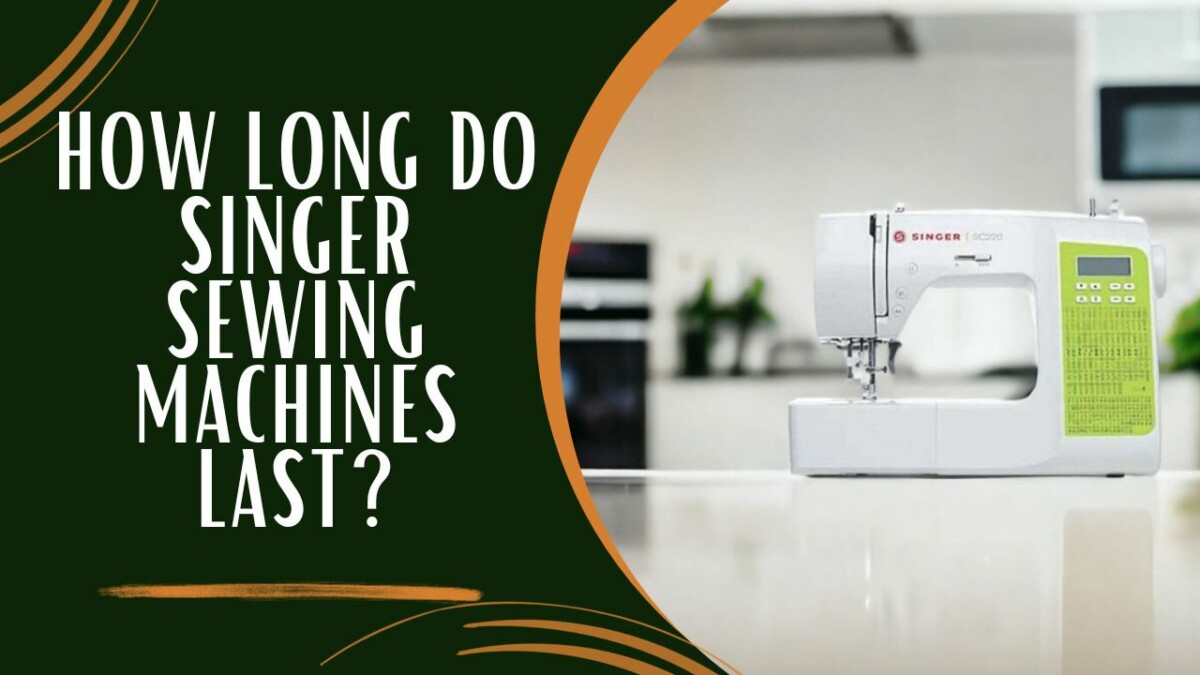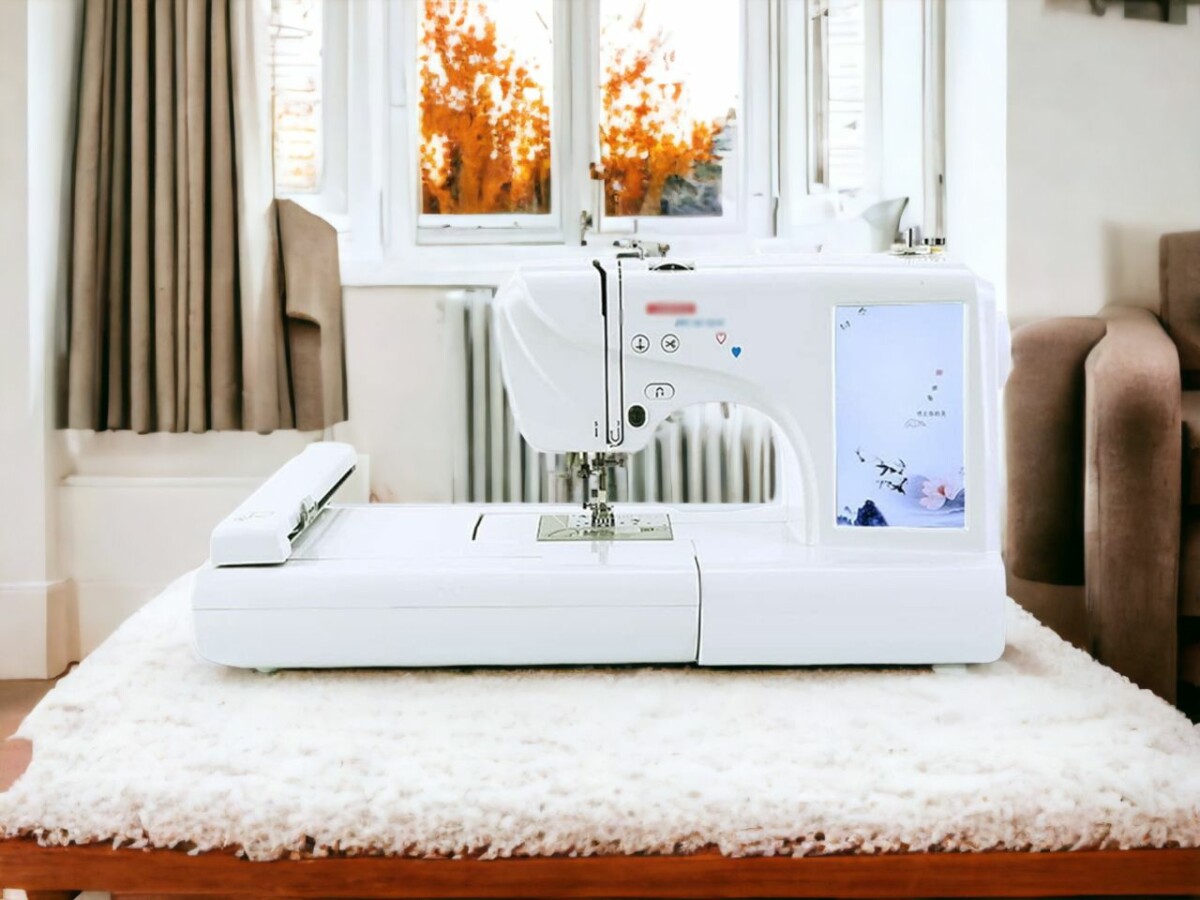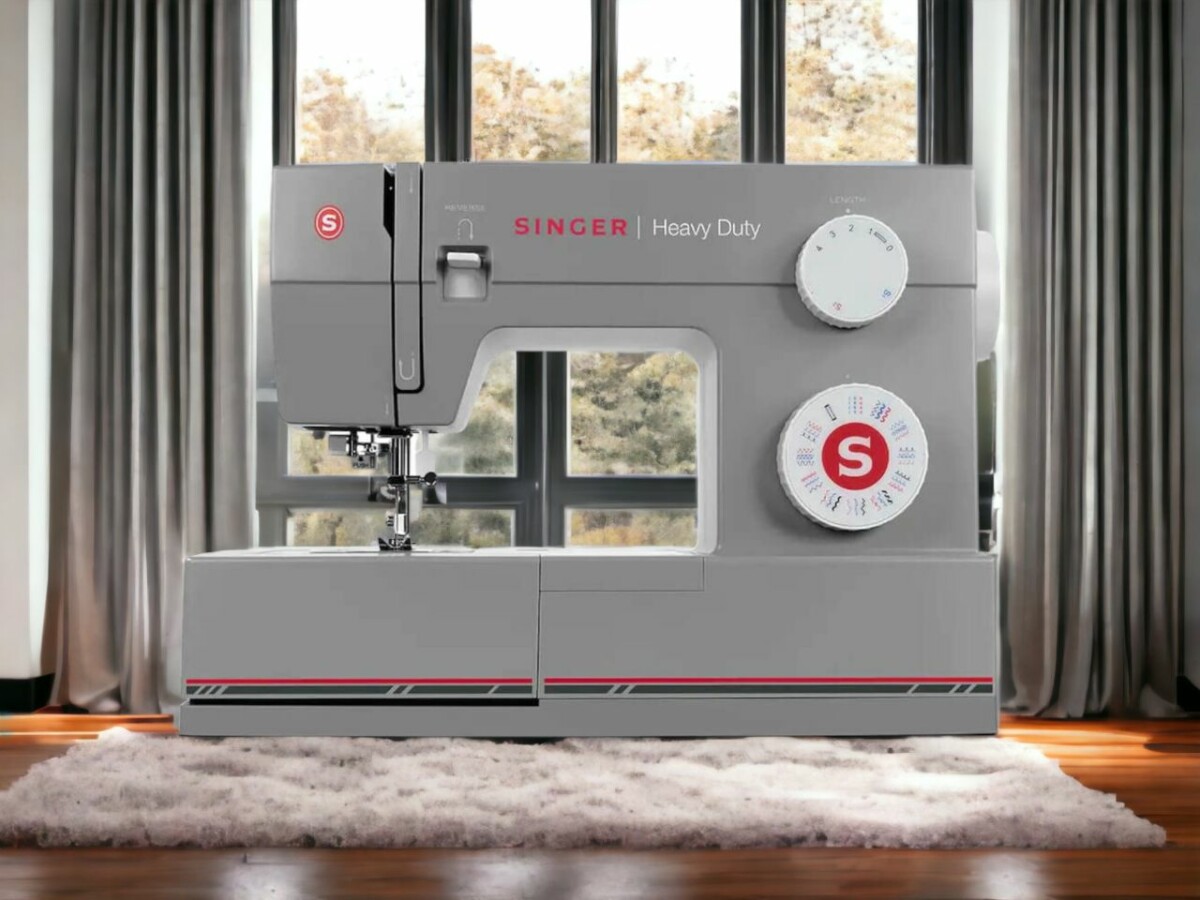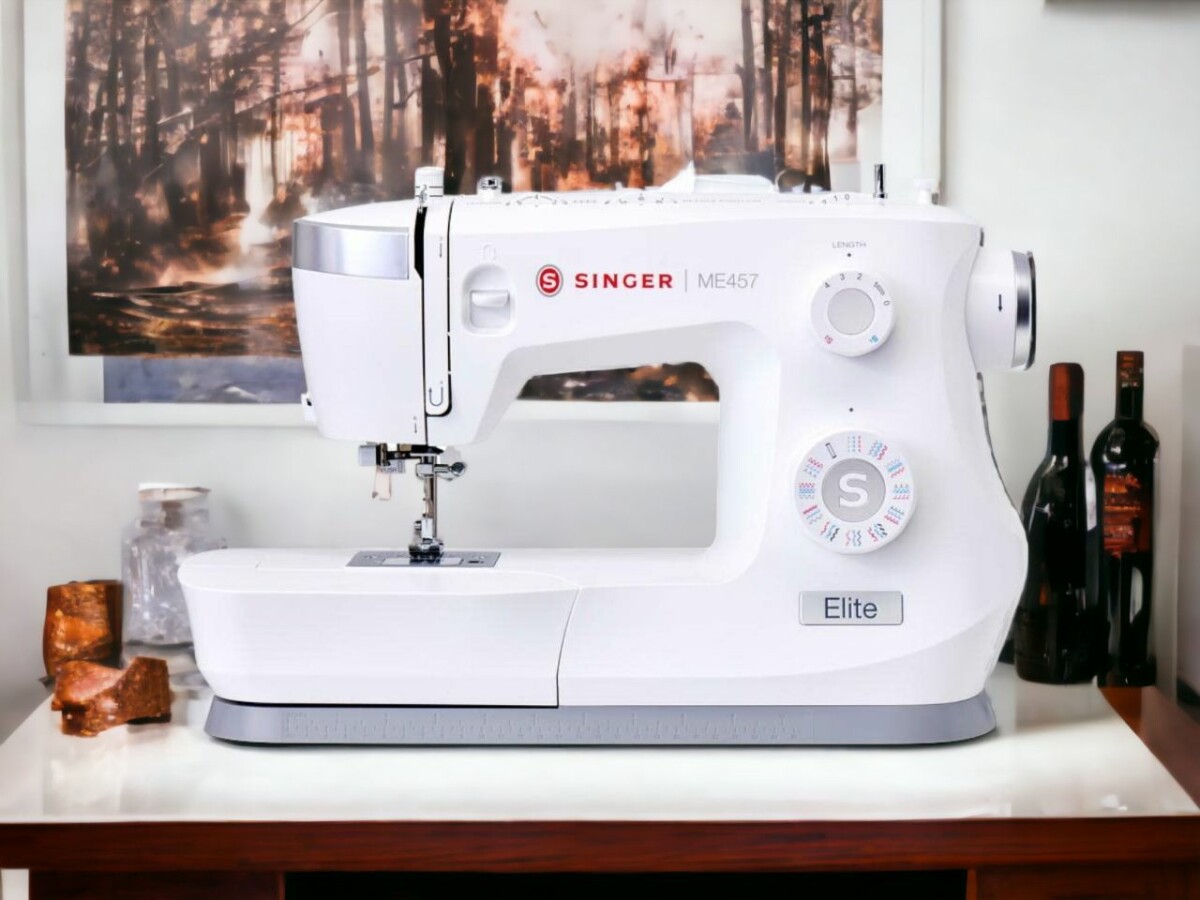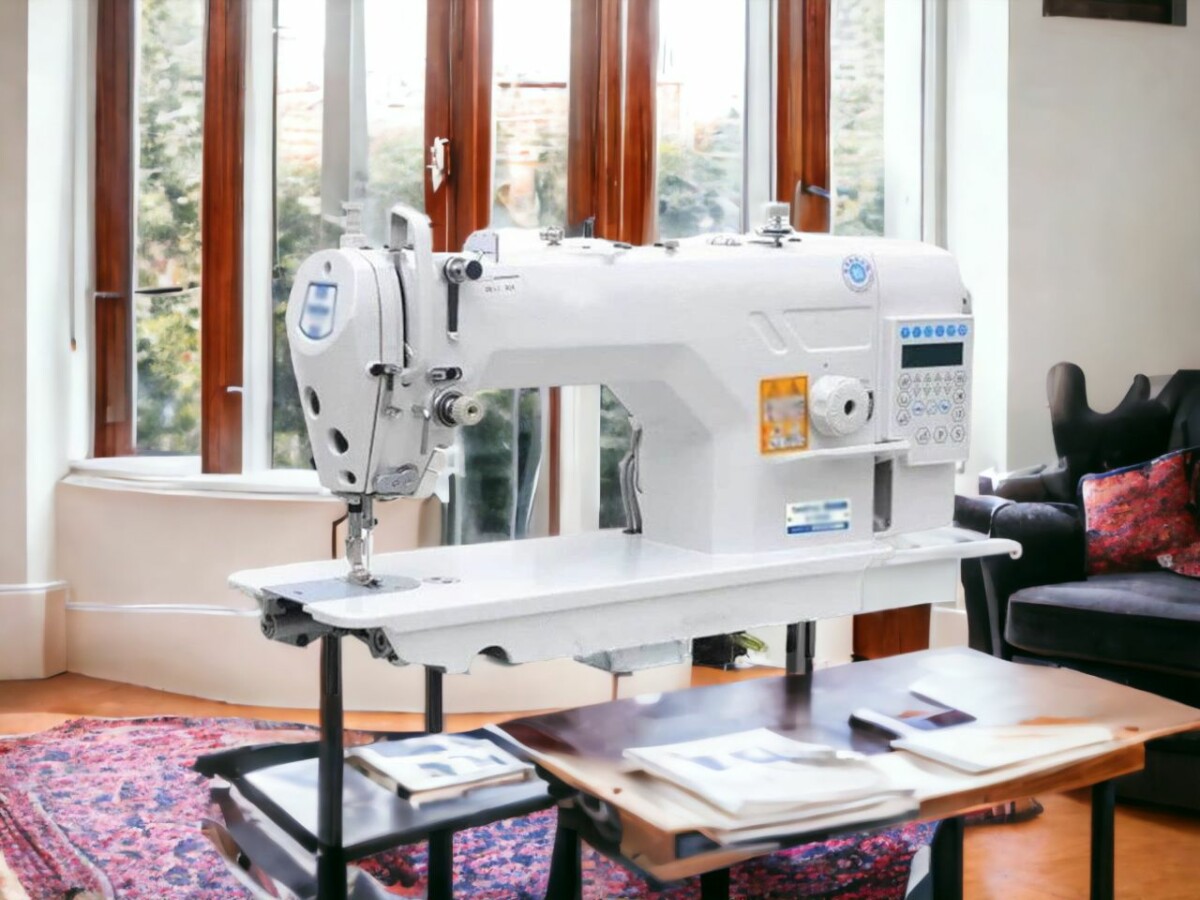So, you’re thinking about splurging on a Singer sewing machine, huh? You’re probably wondering, ‘How long is this bad boy going to last?’ Well, it’s not that simple to answer.
There are a bunch of things that can affect how long your machine sticks around. The model of the machine, how often you’re putting it to work, and even how well you’re taking care of it all play a part. Heck, even the type of fabric you’re sewing can make a difference.
In this guide, we’re going to dive deep into all the factors that can affect your machine’s lifespan and give you some tips on how to make sure your Singer stands up to the test of time.
Lifespan Variability of Singer Sewing Machines
If maintained well, Singer sewing machines can last anywhere from 5 to 25 years and beyond. The model and frequency of usage can greatly affect their lifespan.
So, you’re curious about how long a Singer sewing machine can last, huh? Well, it’s not a one-size-fits-all kind of answer. The lifespan of a Singer machine changes big time depending on a few things – how much you use it, how well you look after it, and the actual quality of the machine itself.
Let’s talk about usage first. If you’re hammering away at your machine every single day, doing heavy-duty sewing, it’s going to take a beating faster than if you only whip it out for the occasional artsy project.
Then there’s maintenance. Think of it like a car – regular servicing like cleaning and oiling can make it last way longer.
And yeah, the quality of your machine is a big deal. The higher-end Singer models are usually sturdier and can handle more wear and tear.
But don’t stress too much, okay? There’s a whole bunch of stuff that can affect how long your Singer sewing machine lasts, but with a bit of TLC, it can be your trusty sidekick for a decent number of years.
The Role of Quality in the Longevity of Singer Sewing Machines
When you’re on the hunt for a Singer sewing machine, it’s all about quality, my friend. That sturdy, well-built machine is going to last a lot longer than some cheap knock-off. It’s like that saying, ‘You get what you pay for,’ right?
Now, don’t get me wrong, it’s not all about the initial buy. You’ve gotta put in the work too. Think of it like a car. You wouldn’t just drive it into the ground, would you? No, you’d get regular oil changes, keep it clean, maybe even give it a nice wax every now and then. Well, your Singer is no different. Regular maintenance is key. Keep it clean, keep it lubricated, and don’t put off those little repairs. You do all that, and your machine will be purring like a kitten for years to come.
Now, let’s talk about these fancy new machines with all the bells and whistles. Sure, they’ve got some pretty cool features, but they also need a little extra TLC, especially when it comes to those electronic parts. That doesn’t mean they’re not worth it, though. Keep up with the care, and those high-tech machines can stick around for decades.
At the end of the day, the lifespan of your Singer is going to depend on two things: the quality of the machine itself, and the love and care you put into it. So, remember, treat your Singer like the investment it is, and it’ll return the favor by being your reliable sewing buddy for a long, long time.
The Durability of Older Singer Sewing Machines: A Comparative Analysis
You may find it pretty wild, but those ancient Singer sewing machines can totally go toe-to-toe with the latest models when we’re talking about durability.
It isn’t just about how many years they’ve been around or how many stitch features they boast. Nope, it’s all about how well you’ve been taking care of your machine over time.
Now, let’s dive into the comparison between the old-school and the latest, and uncover how a bit of TLC can seriously amp up the lifespan of your trusty Singer.
Comparing Old Vs New
So, you’re thinking about diving into the world of Singer sewing machines, huh? Well, let’s chat about the old school ones versus the shiny new models.
You see, when we’re talking about the lifespan of these machines, we’ve got to consider how much technology and manufacturing have evolved over the years. It’s not just about comparing apples to apples.
Now, let’s break it down.
We’ve got the vintage models. The good thing about these bad boys is they were built like tanks—mostly made of metal parts—and fixing them up is a breeze. But, on the downside, they’re missing out on all the new tech advancements, might need a little extra TLC, and finding replacement parts can be like hunting for a needle in a haystack.
Then, we’ve got the fresh-off-the-assembly-line models. The perks here include all the latest features, like computerized functions, and they’re generally lighter on the arms. But the flip side is, they’re mostly made of plastic parts which mightn’t go the distance, and if something electronic goes on the fritz, repairing it might cost you an arm and a leg.
Maintenance Impact on Longevity
Believe it or not, the longevity of your vintage Singer sewing machine is massively tied to how you care for it. Can’t overstate the importance of regular maintenance on these bad boys. Keeping it clean, oiling its parts, and getting it fixed whenever necessary, all contribute to a smooth run, effectively reducing wear and tear.
Equally important is how often you’re using your machine. Sure, using it a lot will wear it out faster, but that doesn’t mean you can’t use it daily. Just make sure you’re treating it right. Remember, these older Singer models were designed to stand the test of time, but they’re not invincible – they need your TLC (tender loving care). Regular maintenance is key.
After all, it’s not impossible for your vintage Singer to outlive even the latest, flashiest models, with the right care.
Maintenance Practices for Extending the Life of Your Singer Sewing Machine
Taking good care of your Singer sewing machine can seriously boost its lifespan, just like your smartphone or laptop. Keeping it clean and well-lubricated is a no-brainer, it’s like giving it a spa day, it just helps everything run smoother and stops any yucky buildup from messing up the works.
And let’s not forget the motor – that’s like the heart of your machine. Keep it ticking over nicely and your machine will stick around for the long haul, just like your favorite pair of sneakers.
Regular Cleaning and Lubrication
Keeping your Singer sewing machine in tip-top shape isn’t rocket science, it just requires a bit of TLC. Regular maintenance is your best friend when it comes to making your machine last longer. It’s all about sticking to a cleaning and lubrication routine.
Cleaning is a no-brainer – it’s all about keeping your machine dust and fluff-free. Trust me, you don’t want those pesky particles messing with your machine’s inner workings. And let’s not forget about lubrication! It’s the unsung hero of maintenance. It makes sure everything moves smoothly and reduces wear and tear.
Here’s your game plan for maintaining your machine:
Cleaning
- Every day: Give the bobbin area a good clean after you’ve used the machine. Lint loves to hang out there.
- Once a month: Make sure you clean the feed dogs and tension disks.
Lubrication
- Stick to what the Singer manual says. It’s there for a reason.
- Remember, less is more when it comes to oil. You don’t want to go overboard and ruin your fabric.
Inspection
- Make it a habit to check the sharpness of the needle regularly.
- Be on the lookout for any loose or worn-out parts.
If you stick to this routine, you’ll notice that your Singer sewing machine will be with you for the long haul.
Proper Motor Care
You mightn’t realize it, but that Singer sewing machine of yours needs some serious TLC, especially when it comes to the motor. It’s not just about keeping it squeaky clean, which, by the way, is crucial. But, it’s also about getting in there and making sure it’s lubed up every once in a while. And let’s not forget about the routine checks for any wear and tear, particularly on the motor’s belt.
Here’s a heads up. If the belt’s too loose or too tight, you could be looking at some serious issues down the line. And, as far as cleaning goes, don’t underestimate the power of a good dust-off. A can of compressed air can do wonders when it comes to ridding the motor of any lint or debris.
Every few years, though, don’t shy away from reaching out to a pro for a thorough motor service. It may seem like overkill, but trust me, it’s worth it.
All this might sound like a lot of work, but it’s these small steps that won’t only give your Singer machine a long and healthy life but also rev up its performance. So, here’s the takeaway: a well-looked-after motor equals a machine that’s built to last.
How Brand Reliability Factors Into the Lifespan of Singer Sewing Machines
When you’re weighing up how long your Singer sewing machine is going to stick with you, you can’t overlook the fact that the brand’s trustworthiness is a big player in its longevity. Singer’s street cred is one factor that adds years to its sewing machines’ life.
Let’s talk about brand cred first. Singer machines are like the tanks of the sewing world – sturdy and built to last. They’re designed to take a beating and still deliver top-notch performance, even when you’re using them day in and day out. It’s all about the quality of build and the materials they’re made from – these machines are no joke when it comes to reliability.
Next up, maintenance. Yeah, these machines are tough, but they’re not invincible. Regular TLC, especially for the motor and other moving parts, is key to keeping your Singer singing for years.
The Impact of Usage Frequency on the Lifespan of Singer Sewing Machines
You might be under the impression that giving your Singer sewing machine a break now and then will make it last longer, but it’s not as straightforward as you might think. Sure, how often you use it plays a role in how long it’ll stick around, but it’s just a piece of the puzzle.
Believe it or not, using it consistently can actually be good for it. It helps spread the internal oil around, keeping everything moving smoothly. But don’t get it twisted, running it into the ground every day without giving it some TLC can do more harm than good.
In Closing: The Lifespan of Singer Sewing Machines and Other Quality Brand Alternatives
Alright, we’ve been talking a lot about Singer Sewing Machines and their notable durability. But let’s not forget that there’s a whole world of sewing machines out there. For instance, if you’re into vintage styles, you may be curious about Antique Sewing Machines prices. And no, we’re not talking about random old machines gathering dust in some attic. We’re talking about well-preserved sewing machines that are as functional as they are visually appealing.
Next, if you’re more of a quilting enthusiast, you may want to consider Bernina Sewing Machines. Their excellent track record in quilting is hard to ignore. So if fancy stitch work is your jam, you might find these machines offering the nudge you need to unleash your artistic side.
Or maybe you’re at the start of your tailoring journey and need a reliable workhorse to enhance your skills. In that case, Dressmaker Sewing Machines might be your optimal bet. Known for their user-friendly nature and versatility, these machines make a fine choice for the newbies and pros alike.
At the end of the day, regardless of the machine you go for, remember that longevity often comes hand in hand with proper care and maintenance. So, irrespective of whether you’re working with a good ol’ Singer or a shiny new Bernina, take the time to understand your machine and provide it with the TLC it deserves!
Sewing is definitely one of my biggest hobbies. I’ve been doing it since i was young, thanks to my mother. I specialize in sewing, and that’s what i mostly write about.

